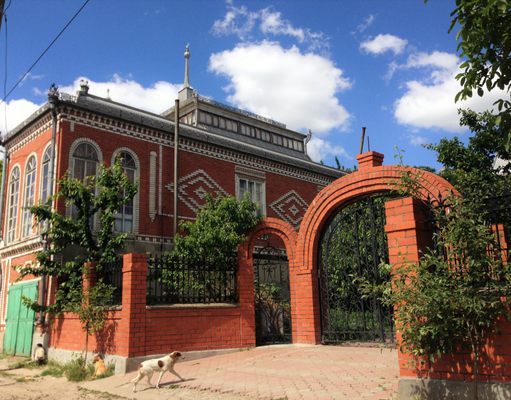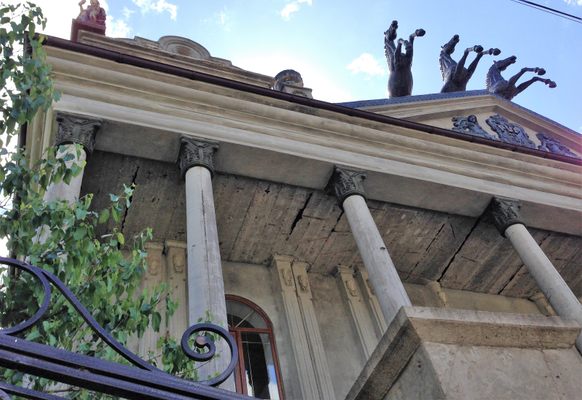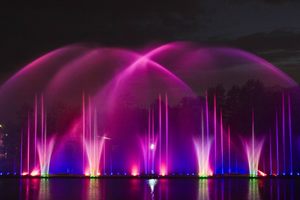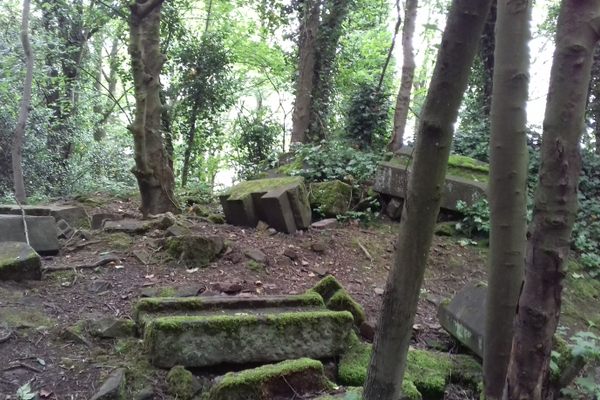About
Across the Nistru River from Ukraine sits the Moldovan town of Soroca, known as the country’s Gypsy Capital.
In a country with few tourist attractions, Soroca is comparatively overflowing with them, boasting both a medieval fortress dating from the days of Ștefan cel Mare and several new “fortresses” built by members of the Roma community.
The name “gypsy” is itself controversial, based on a now debunked theory that the Roma people hailed originally from Egypt. Recent evidence suggests that the group actually made their way to Europe from northern India. Because the word “gypsy” is so common, some activists advocate owning and reclaiming it; others feel the name carries too many negative connotations. (Regardless, English language speakers should definitely avoid using the word “gyp," which is a clear racial slur.)
While Roma communities have existed in Europe for a millennium or more, they have often been the target of discrimination and worse. Hundreds of thousands of Roma people were murdered during the holocaust. Today an estimated 10-12 million Roma live in Europe. The largest populations make their homes in former communist countries and nearly all are at the bottom of the economic and educational ladder.
After so many centuries of struggle, it is perhaps unsurprising that those who achieve a measure of economic success want to flaunt it. So on a Sorocan hilltop, amid the broken sidewalks and barely paved roads that reflect Molodva’s status as the poorest country in Europe, Roma residents build elaborate houses, inspired by and borrowing architectural flourishes from famous buildings in wealthier countries including St Peter’s Basilica, the U.S. Capitol Building and the Bolshoi Theatre. Among the mansions is the home of true royalty, the “Gypsy King” Arthur Cherari.
On Gypsy Hill (Dealul Ţiganilor in Romanian) some of the mansions are unfinished. Others lack creature comforts like indoor plumbing and electricity. Many are large enough to house dozens of people but may remain empty for long stretches of time while their owners earn money elsewhere. Regardless of what these mansions are or are not, a stroll through the neighborhood is an eye-popping experience, juxtaposing real eastern European poverty with knock-offs of wealthier worlds and ideas of what it means to have status.
Related Tags
Know Before You Go
The hilltop is easy to find--one can spot the gold dome from the medieval fortress by the river, the town's major tourist attraction. Be respectful about taking pictures as some are happier to show off their home than others.
Published
August 24, 2016








































